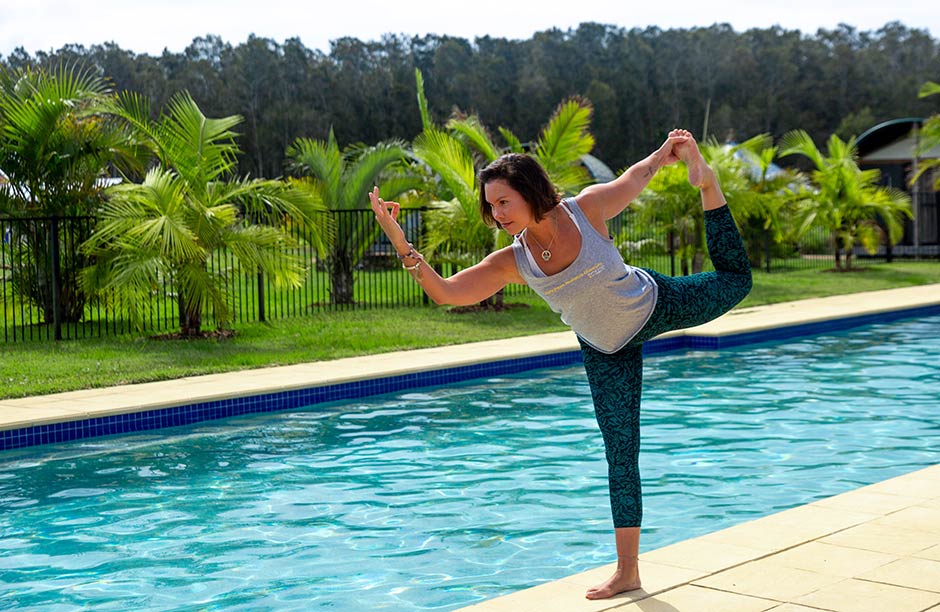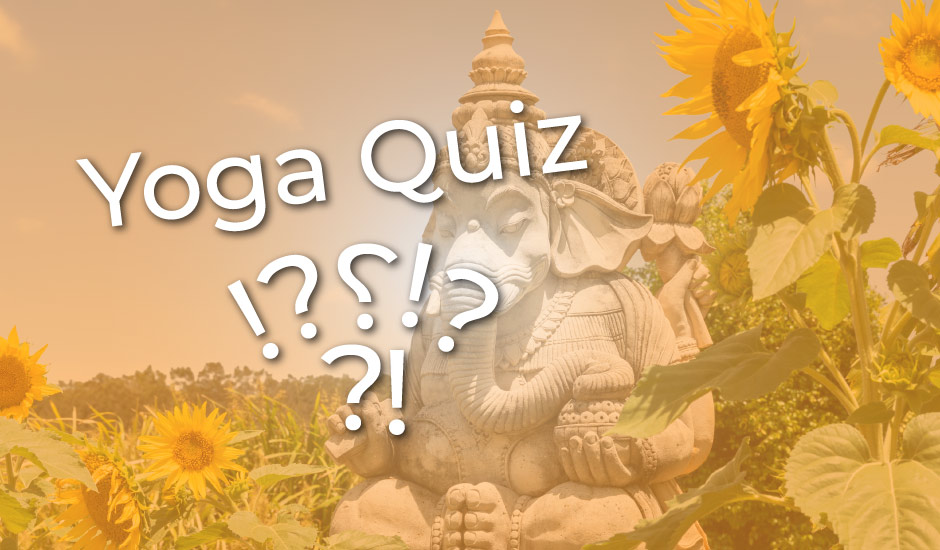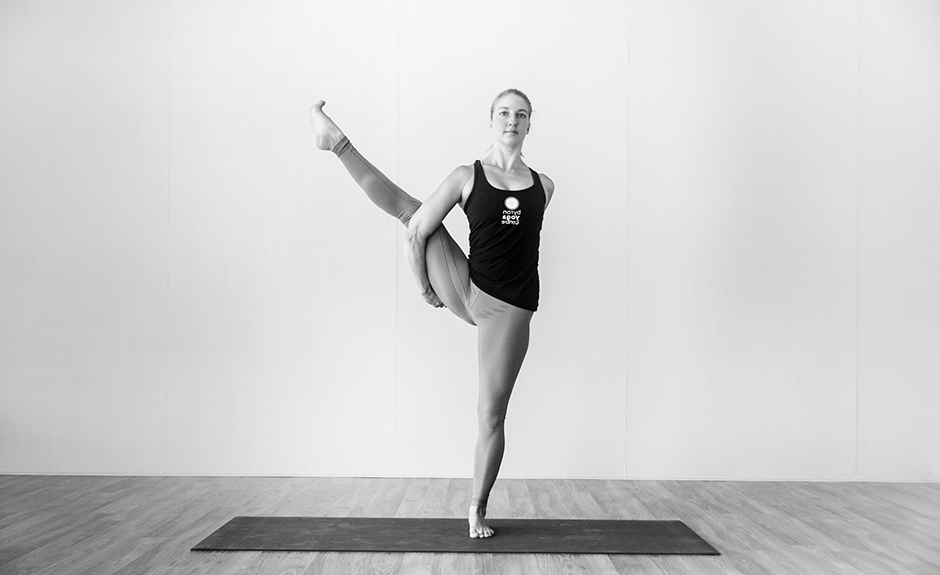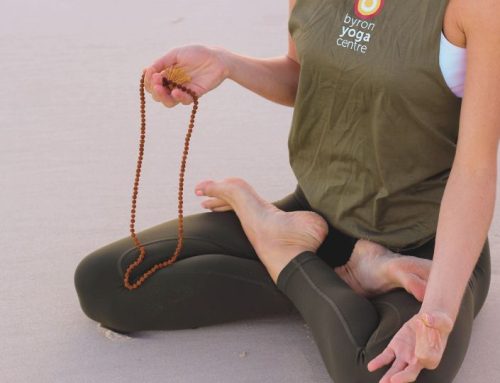This quick quiz that will test your knowledge of all aspects of Purna Yoga: asana, pranayama, meditation and philosophy. All the answers are in this yogi wisdom section of our website, we encourage you to have a go at answering, you may be surprised by your yogability.
The questions are mainly what we would expect of a Level 2 teacher training standard, so even if you only get a few correct you should feel proud.
1. What is the name of this pose?

A Navasana
B Vajrasana
C Natarajasana
D Kapotasana
2. Both are Bakasana variations, but what is the difference between Crane and Crow pose?
A In Crane you lift one foot off the ground
B In Crane you have straight arms in Crow slightly bent
C In Crow you look up and Crane you look down
D In Crow you come onto finger tips
3. Which of these are the correct Ayurveda dosha?
A Pitta, Kabha, Vitta
B Patta, Kapha, Vitta
C Patta, Kabha, Vata
D Pitta, Kapha, Vata
4. Which of these statements about Ayurveda dosha imbalances is correct?
A Pitta, those with too much fire energy, should not over indulge in spicy foods
B Vatta, those with too much wind energy, should not eat warm and grounding food
C Kapha, those with too much earth energy, should eat lots of dairy and carbs
D The science of Ayurveda does not include any recommendations on dietary advice
5. Which of these is NOT a Yama?
A Ahimsa
B Saucha
C Asteya
D Brahmacharya
E Aparigraha
6. Which of these is NOT a Niyama?
A Truthfulness
B Contentment
C Self Discipline
D Self Study
E Surrender to the divine
7. In Sutra 1.2 [Yoga chitta vritti nirodhah] what is said by Pantanjali to be the process, or the definition, of yoga?
A Yoga is the ability to put your foot behind your head
B Yoga is the process of stilling the activity of the mind
C Yoga is the ability to sit in meditation
D Yoga is the process of practicing non-attachment
8 In Sutra 2.3 how many Klesha (obstacles) are listed?
A 5
B 4
C 3
D 2
E 1
9. Which Klesha is the root of all the others?
A Avidya (ignorance)
B Asmita (ego)
C Raga (desire)
D Dvesha (aversion)
E Abhinivesha (fear of death)
10. Which of these is not a pranayama practice?
A Viloma
B Nadi shodhana
C Ujjayi
D Nidra
E Kapalabhati
11. Which of these is NOT one of the 8 Limbs?
A Meditation
B Concentration
C Withdrawal of senses
D Breathing exercises
E Self inquiry
12. Which of these is not a single pointed focus meditation technique?
A Japa
B Kirtan
C Mantra
D Chakra
E Soham
13. Which of these statements is correct?
A Restorative poses are not held for as long as Yin poses
B Yin yoga uses more props than Restorative yoga
C Restorative is derived from Iyengar yoga and Yin is related to ancient Chinese practices
D Restorative poses place a healthy amount of stress on fascia, Yin is totally passive
E There is no difference between Restorative and Yin yoga
14. Which of these statements is NOT correct?
A During menstruation you should practice strong backbends and twists
B During pregnancy you should avoid compression of the stomach
C During menopause you should focus on strengthening postures
D During pregnancy you should focus on opening the pelvic area
E During menopause you should practice supported inversions
15. What is the name of this pose?
A Mayurasana
B Krounchasana
C Svarga Dvijasana
D Kukkutasana
| 1 C | 6 A | 11 E |
| 2 B | 7 B | 12 B |
| 3 D | 8 A | 13 C |
| 4 A | 9 A | 14 A |
| 5 B | 10 D | 15 C |
Here’s a guide to our recommendations depending on the results:
0-3 correct: we suggest you start by booking a retreat at Byron Yoga Retreat Centre
4-6 correct: could be time for a Level 1 yoga teacher training (or another Level 1)
7-9 correct: sign up for a Level 2 training or, if you don’t have Level 1, the 500 Hour
10-12 correct: check out our Modular Course options to fill in your knowledge gaps
13 -14 correct: please apply for a job at Byron Yoga Retreat Centre


